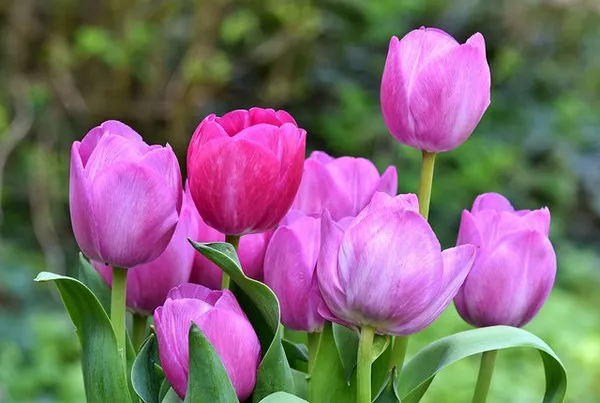In a world where creativity knows no bounds, paper flowers have emerged as a delightful craft, offering a timeless charm that brightens any space. Whether adorning a wedding venue, enhancing home décor, or serving as thoughtful gifts, paper flowers embody the essence of nature’s beauty with a touch of human ingenuity. Crafting these exquisite blooms is an art form that requires patience, precision, and passion. In this comprehensive guide, we delve into the intricate process of making paper flowers, exploring techniques, materials, and tips to help you unleash your creativity and bring floral splendor to life.
Materials and Tools
Before embarking on your paper flower journey, gather the essential materials and tools to ensure a smooth and fulfilling crafting experience. While the specific supplies may vary depending on the flower design and personal preferences, here’s a basic list to get you started:
1. Paper: Select high-quality paper in various colors and textures to achieve desired effects. Consider using crepe paper, cardstock, tissue paper, or even old book pages for unique looks.
2. Scissors: Invest in a pair of sharp, precision scissors for clean cuts and intricate detailing.
3. Glue: Choose a strong, fast-drying adhesive suitable for paper crafting. Hot glue guns are also handy for assembling larger flower components.
4. Wire: Use floral wire or floral stem wire to create sturdy stems and provide structure to your paper flowers.
5. Templates: Utilize pre-made templates or create your own patterns for consistent petal shapes and sizes.
6. Markers or Paints: Add depth and dimension to your paper flowers by coloring the petals with markers, paints, or watercolors.
7. Pliers: Have a pair of pliers on hand for bending and shaping wire stems.
Techniques
Mastering various techniques is key to crafting lifelike paper flowers that capture the essence of their natural counterparts. Here are some fundamental techniques to hone your skills:
1. Petal Shaping: To create realistic-looking petals, gently stretch and curl the edges using your fingers or a shaping tool. Experiment with different shaping techniques to achieve desired textures and forms.
2. Layering: Build dimension and fullness by layering petals of varying sizes and shapes. Secure each layer with glue, ensuring proper alignment and spacing for a natural look.
3. Crimping: Add subtle details and texture to petals by crimping them lightly with your fingers or a specialized tool. Crimping creates delicate ripples and creases, mimicking the veining found in real flower petals.
4. Wrapping Stems: Wrap floral wire with green crepe paper or floral tape to create realistic-looking stems. Add leaves and foliage as desired, securing them in place with glue.
5. Center Construction: Pay attention to the center of the flower, as it often serves as the focal point. Experiment with different techniques such as fringing, quilling, or using stamens to create visually appealing centers.
Tips for Success
While crafting paper flowers can be a rewarding endeavor, it requires attention to detail and a mindful approach. Consider the following tips to elevate your paper flower creations:
1. Practice Patience: Rome wasn’t built in a day, and neither are intricate paper flowers. Take your time, especially when shaping petals and assembling layers, to achieve the desired results.
2. Embrace Imperfection: Don’t strive for perfection in every petal or leaf. Embrace the inherent beauty of handmade creations, including subtle variations and imperfections that lend authenticity to your paper flowers.
3. Experiment with Color: Explore different color combinations and shading techniques to add depth and realism to your paper flowers. Mix and match hues to create unique and visually stunning blooms.
4. Reference Nature: Take inspiration from real flowers by studying their shapes, colors, and textures. Pay attention to subtle details such as petal veining and leaf structure, and incorporate these elements into your paper creations.
5. Personalize Your Designs: Put your own spin on traditional flower patterns by experimenting with scale, shape, and embellishments. Infuse your personality into each creation to make it truly one-of-a-kind.
6. Seek Inspiration: Draw inspiration from a variety of sources, including botanical illustrations, floral photography, and other paper flower artists. Join online communities or attend workshops to learn new techniques and exchange ideas with fellow crafters.
Conclusion
In the age of mass production and digitalization, the art of paper flower crafting offers a nostalgic reminder of the beauty and simplicity of handmade creations. With the right materials, techniques, and mindset, anyone can master the art of making paper flowers and unleash their creativity in countless ways. Whether you’re a seasoned crafter or a novice enthusiast, dive into the world of paper flowers and let your imagination bloom.


